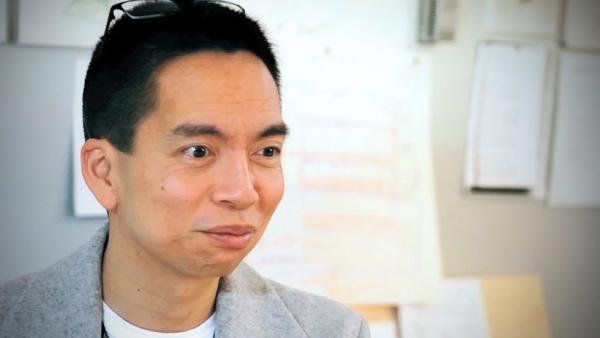
Recognition
2010 AIGA Medal
Born
1966, Seattle, Washington
By Holly Willis
September 9, 2010
For more than a decade, designer John Maeda was known as the leader in a new generation of designers whose work not only used computers, but also understood the conceptual shifts wrought by computation itself. He wrote a book on the subject titled Design By Numbers in 1999, in which he invites readers to explore “the many possibilities afforded by creating in the raw computational medium.” The book has influenced scores of younger designers, including UCLA professor Casey Reas, who attributes his involvement in the creation of the programming language Processing to Maeda’s book. While Maeda tends to be considered a “digital” designer, he has consistently explored the boundaries—and possibilities—of varying expressive modes, from pencils to computers, and his reputation, until recently, was built on his penchant for innovative thinking and an insistence on making computation accessible to all. For this work, Maeda has earned numerous awards, both nationally and internationally—he was dubbed by I.D. Magazine as one of the year’s 40 most influential people in design in 2005, and, in 1999, he was chosen by Esquire as one of the most important people of the 21st century.
Since 2008 Maeda has become known for being the new president of the Rhode Island School of Design, a position he accepted that June and started in September when, as he remembers it, the country, not just the college, was ready for youth, for change and for a fresh perspective. Given his age and lack of administrative experience at the top levels of higher education, Maeda was in some ways a surprise choice for the prestigious gig at RISD. Seeing as Barack Obama, similarly young and driven by a passion for innovation, also took office just a few months later, Maeda’s perception that his new job was in part due to a shift in the national zeitgeist seems right on.
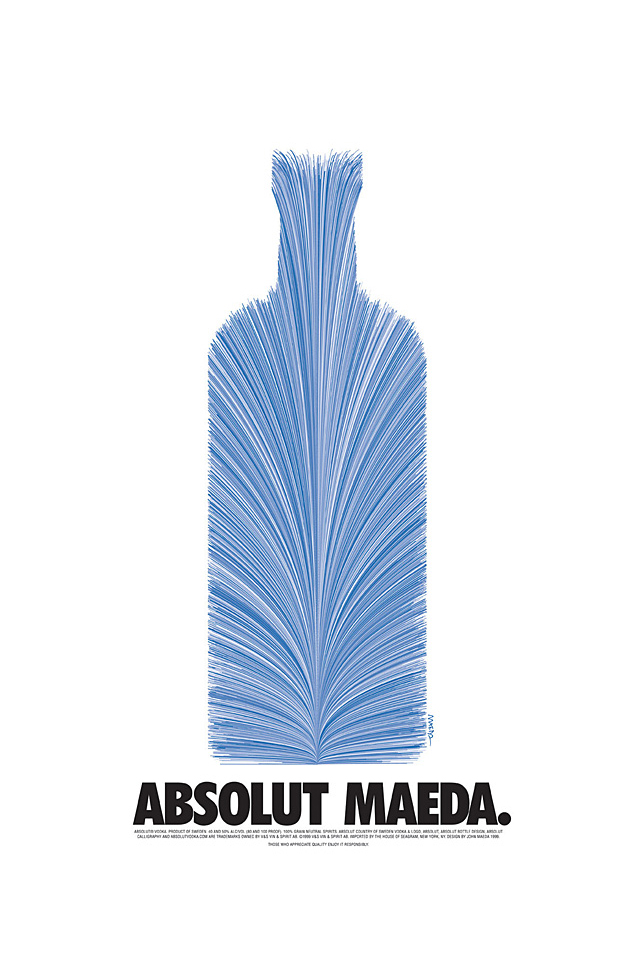
Absolut Maeda, ad for Absolut Vodka featured in I.D. Magazine, 1997.
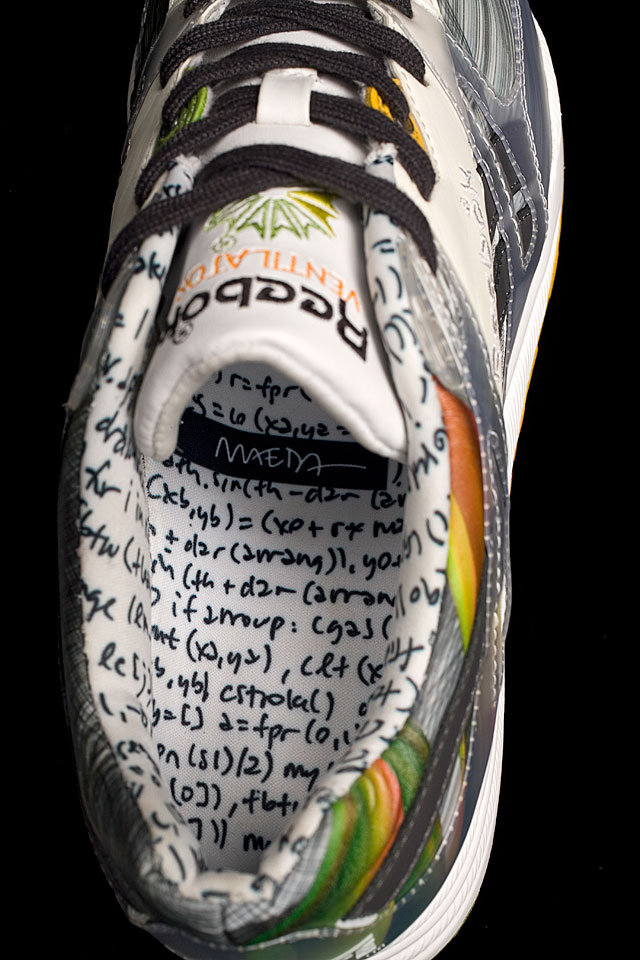
Reebok x John Maeda Timetamium limited edition sneaker, 2008.
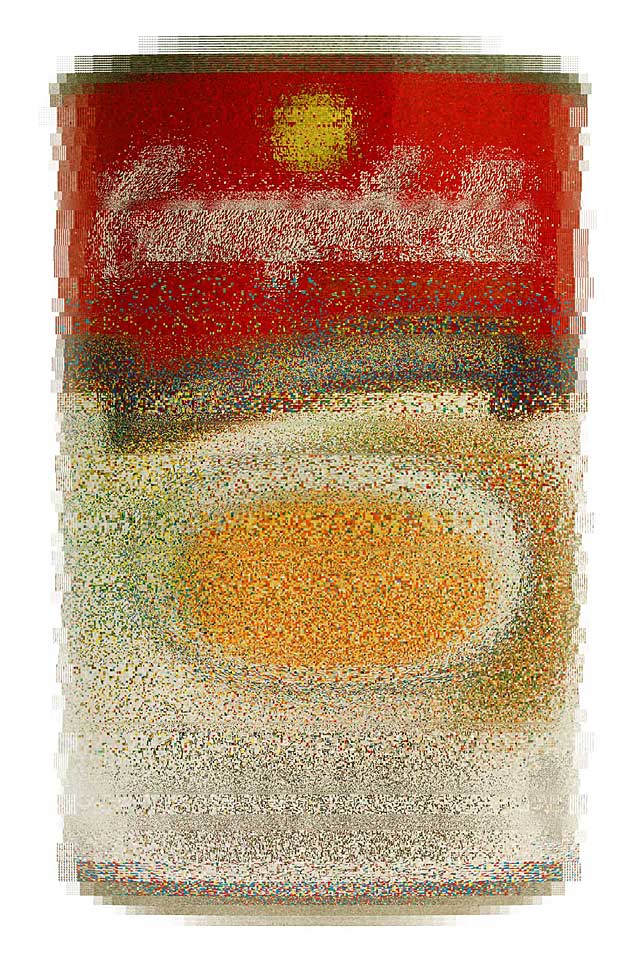
Large Soup, 2002.
After talking with Maeda and reading about his work, especially Maeda@Media (a book published in 2000, written about his own creative trajectory), it’s clear that Maeda pays attention to the ever-changing moods of national perception. Born in Seattle in 1966, Maeda refuses easy categorization as an artist and designer, and his methodology centers on constantly disrupting any habits that risk becoming the slightest bit habitual or routine. At the same time, Maeda clearly cherishes a set of core values, many of which he has uncovered over time and are rooted in his childhood.
Maeda’s father owned a tofu factory, and he modeled a particular kind of dedication to craft and hard work that Maeda says he only later—as he rediscovered the power of honing one’s skills—recognized as valuable. Maeda often assisted his father with the tofu factory and began to explore computing to help with the small business’ paperwork. This helped move Maeda in the direction of computation, and he ended up studying electrical engineering and computer science at MIT, where he earned master’s degrees in both disciplines. He then traveled to Japan, where he studied art and design, earning a PhD in Design Science from the University of Tsukuba Institute where, as he says, he “rediscovered mind, paper and pen.”
Maeda returned to MIT to found the Aesthetics and Computation Group, a research studio, in the mid-1990s, and there he was able to unite all of his fundamental interests—computation, engineering, art, craft and thinking—both in his own work and in the field-building endeavors of his new research group. ACG developed a set of key concepts, articulated in short videos, with Maeda making the first contribution titled “Elements of Reactive Form.” Through snippets of text and a demonstration of a dynamic drawing application, the video captures the power and seductiveness of forms that react to the user, building on an earlier essay by Maeda titled “Reactive Graphics” (written for MdN Magazine). ACG and its emphasis on computational design became a nexus for foundational ideas just now being discovered elsewhere. The group’s participants included, in addition to Casey Reas: Ben Fry, Reas’ partner in creating Processing and a leader in information visualization; and designer Elise Co, co-founder of the design and technology firm Aeolog and an educator at both Art Center College of Design and the University of Southern California.
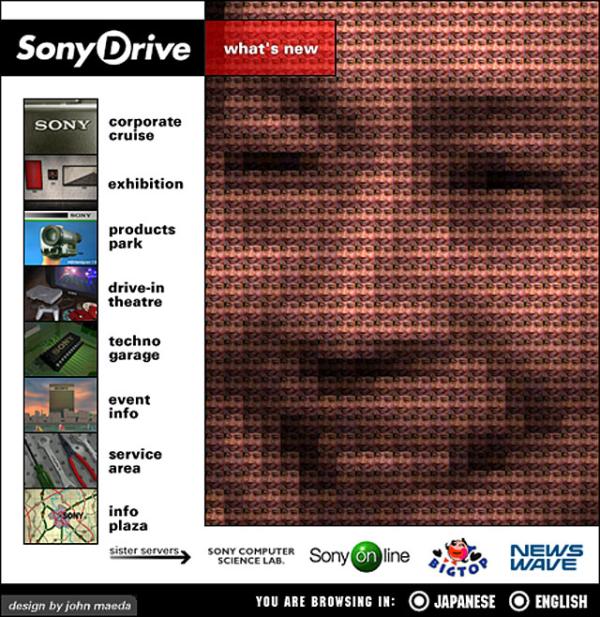
Sony Drive website, 1995.
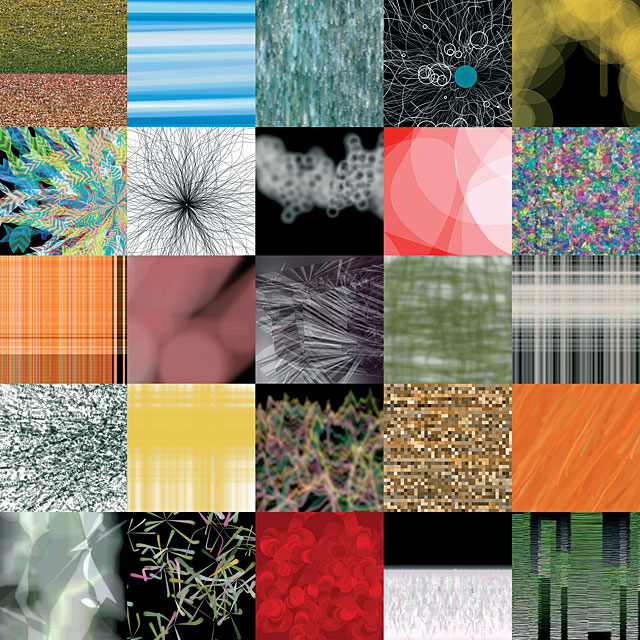
Art from the exhibition “Nature,” featuring the motion-painting series Eye’m Hungry, at Fondation Cartier pour l'art contemporain, 2005.
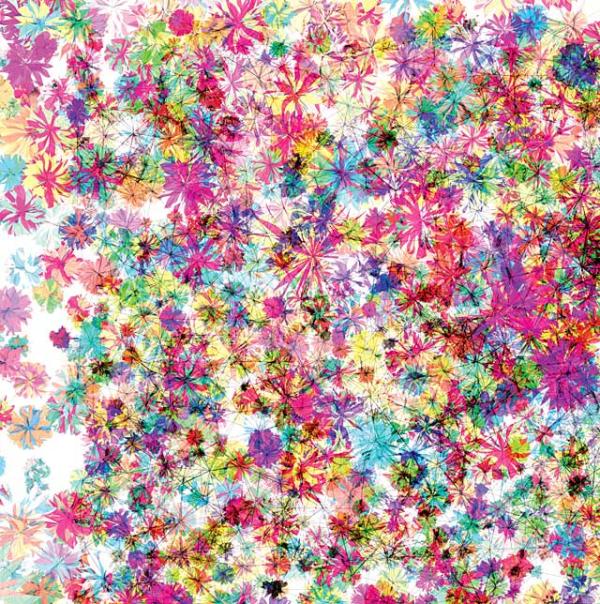
“Florada,” a pattern made for use as a laminated counter top, 2004.
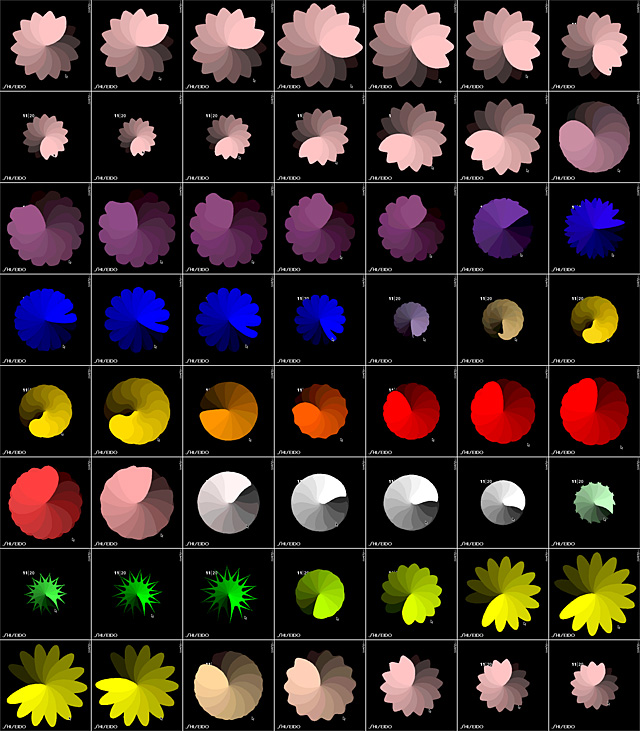
Hanabi JAVA calendar for Shiseido, 1997 Calendar designed to celebrate spring 1997 as a series of floral petal transformations. A click reveals a new petal; a drag amplifies or reduces the visual area of the spinning flower.
While Maeda has been an exceptional designer and educator, his groundbreaking influence nationally and internationally may also be attributed to his writing. He contributes frequently to magazines and newspapers—he assessed Apple’s design principles in a piece for The Huffington Post in 2009, for example—and he contributes often to the RISD community site. His texts, notably Creative Code: Aesthetics + Computation and the recent The Laws of Simplicity: Design, Technology, Business, Life, offer a list of guidelines to help simplify complexity. The Laws of Simplicity also captures the influence of designer Paul Rand on Maeda; Maeda discovered Rand’s book Thoughts on Design as a graduate student at MIT, and it both humbled and inspired him with its clarity, precision and power.
Maeda has joined Rand as an iconic figure in the design world. As Paola Antonelli, curator of design at the Museum of Modern Art in New York, said in a 2007 New York Times article, “What makes him extremely influential is not only his enormous aesthetic talent, but his capacity to extend a rigorous design philosophy, based on simplicity and clarity of purpose, to the most important tool of the contemporary design process, computer software.” Other design figures, including Steven Heller and Nicholas Negroponte, extol Maeda’s brilliance and creativity, and often highlight his attitude toward simplicity.
Even as a college president, Maeda continues to insist on the value of creativity and innovation, not just for artists but also for all of us. Within the context of the avid channeling of federal funds toward educational programs designed to bolster literacies in science, technology, engineering and math (commonly known as “STEM” programs), Maeda insists on the need to add an “A for art” to the mix, creating STEAM. “Adding art requires a different way of thinking,” he says, noting that both right- and left-brain thinking is necessary to be truly productive and innovative. Indeed, for Maeda, innovation should be considered not simply in instrumental terms, but with regard to ideas and people. “We need human thinking,” Maeda insists.
In June 2010, Maeda wrote an article, published in Forbes magazine, entitled “Your Life in 2020.” In it, he offers a great summary of what he stands for, as a designer, an educator and a leader. Maeda argues that art and design will be the mainstays of culture in the near future, as technology fades from its prominent position. “So, what will take technology’s place?” he asks, and answers: “It begins with art, design and you.”